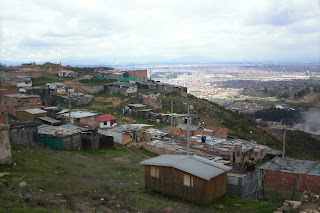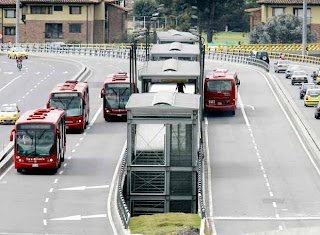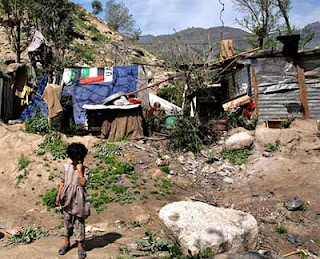The dimensions of poverty
A few days ago Greg Mankiw, an american economist who advised the Bush administration, wondered about the nature and causes of poverty in some countries. Makiw recalled some theories into economic history and remembered some of the most important. First, the classical theory which proclaims the perfection of markets , from a perspective of Adam Smith, where welfare of individuals could be maximized. Thus, the externalities, such as state intervention in economic behaviour or the existence of non-rivals public goods, are the causes of disturbance in distribution and the consequent loss of market eficiency. Obviously, Smith didn't said all these things in an economic argot, but it was the idea he expressed and the classical school followed. In ohter words, poverty could be identified when markets don't work efficiently. In this sense the neoclassical school was going to.
In 18th and 19th centuries poverty was seen like a problem of distribution, only one dimension, and public policies at the time were designed to counteract the harmful effects of state intervention and to keep "sympathy", which was simply to ensure basic minimum of material survival for the homeless. But it wasn't enough, although the neoclassical school improved some of the classical theoretical contributions, they failed to understand poverty in a larger sense: for neoclassical school, poverty is just a problem in supply-demand interactions and not an institutional trouble in which converge the values, culture, education, knowledge accumulation and productivity. Any neoclassical economist could explain why a country is poorer than other, and if someone could explain it, it would be just by low capital accumulation, which is merely a result and not a cause of scarcity. But in 1929, with NYSE crack, some of the strongest basis of economic theory fell down before the helpless eyes of the most conservative, the markets fundamentalists, wich Stiglitz calls. Poverty, 80 years ago, reached to millions in an instant due to the negligence and a voracious culture that showed information isn't perfect and some oportunistic behaviour was not a mere externality. But poverty is not so simple. Although United States piled highs rates of unemployment and poverty in 1930s, although its GDP had a thunderous crash , this country never lost its rich-country position. Emerging countries won't experience such a situation: after a crisis or a boom, an emerging country is poorer or less poor than before.
For some experts poverty is a real consequence of geographic location, climate scenario, fertility of land and a little more intricate reason: the inneficiencies of the institutions that govern the human conduct and economic relations. Thus, emerging countries will not be richer if they retain the old institutional forms that do not promote development. An emerging country use to have an state structure based on breach of contracts, which are constantly changing but not necessarily consistent with needs of society in which they are established and are usually far away from the requirements of economic development. On the other hand the rich countries are striving to resemble their governance structures in a Weberian sense, i. e., sustained by a bureaucracy of merit, rationality and complementary to the desired economic performance. A new social contract, as we now need, is far above our poor power to add or detract. Poverty is not a problem solved by commiseration; almsgiving calms individual hunger for a day but many continue to depend on it a long period of time. Almsgiving is not a great contract to celebrate.




Comentarios